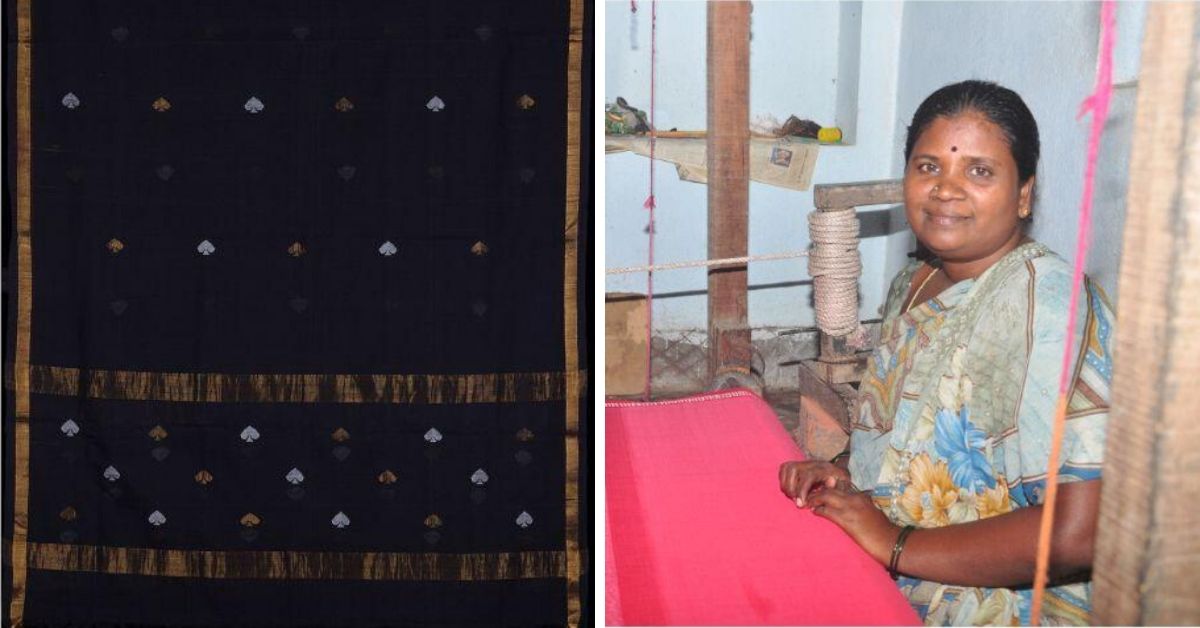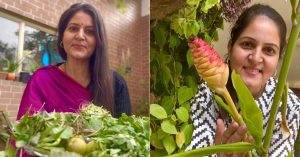Here’s Why Chitrika Sarees & Dupattas Deserve a Special Spot in Your Wardrobe
'Artisan Owned', ethically made and naturally dyed, here is elegant style that makes a real statement. Check it out!

Founded in 2005 by Vijaya Switha, Chitrika stands for the indigenous craftsmen and craftsmanship of Andhra Pradesh in India. With a vision of collective gain for both the weavers and consumers of the ‘artisan-owned’ brand, Chitrika stands for affordable, zero-bleed, thoughtfully designed products rooted in traditional techniques.
A quintessential Chitrika product is a labour of love and hard work put together by the weavers, rural artisans and underprivileged women who’re involved right from the planning of a product to its completion.

What’s even more interesting is that the brand has focused on gently pushing the skill boundaries of the artisans by presenting their traditional techniques and design repertoires through fresh interpretations in their product lines.
Catering to the market aspirations alongside maintaining their design philosophy has definitely helped the artisans earn better revenue. We talked to Switha to enquire about how they sell their products. “We get wholesale orders, made-to-orders, then we do at least 20 exhibitions in a year, and lastly, we sell our products online,” Switha reveals.
“Most of our products today are semi-khadi (such as cotton warp, amber khadi weft etc.) using Jamdani, Kuppadam and Ballakammi techniques along with checks and stripes. Our main products are saris, dupattas and fabrics,” says the 39-year-old Switha about the product range.
Among the huge variety that you can choose from, Switha recommends the Dobby where separate sets of warp threads are used to create simple and small border designs on the saris.
Then the Jamdani weaving of both East Godavari and Srikakulam are also a delight to wear, she exclaims. Jamdani is an ‘extra-weft’ technique where each individual motif is created independently and individually on the textile. She says it’s a time-consuming process but the final product is totally worth the effort.
There’s also ‘Ballakammi’ with simple patterns in the palla. The technique produces a ‘chequered’ effect with numerous patterns and possibilities and is totally meant for the modern, urbane woman.
Even the ‘interlocking’ technique of Kuppadam is used to create the contrasting coloured temple borders. These sarees are so intricate that they require at least 2 weavers on the loom at the same time.
Then there are the ubiquitous plains, checks and stripes, that never go out of style. The most common weave is the plain weave where the yarns interlace alternately. When a contrast colour is introduced at regular intervals in the warp, a stripe is formed. And when an extra colour is introduced in both the warp and weft, a check is formed.
At present Chitrika has its handloom clusters in three places in Andhra Pradesh namely East Godavari, Srikakulam and Narayanpet. They primarily work with cotton weavers who work on hand-spun cotton.
“We have an all women’s team of artisans called the Godavari Team. The profit from the sales goes directly in their hands, which has led to the independence and financial empowerment of almost 300 women of the community,” says Switha when we asked her what she feels about Chitrika being an artisan-driven brand, especially one where women are being given an equal-pay status.
Be it sarees, dupattas, stoles or fabrics, products from Chitrika are lightweight, durable and deserve a place in your wardrobe. It’s very rare that the needs of both the customers and the artisans – at the two ends of the spectrum – are given equal weightage. And that is exactly what Chitrika strives for and successfully achieves!
Also Read: Here’s What’s Killing Your Favourite Clothes! (And How to Stop That!)
(Edited by Saiqua Sultan)
Like this story? Or have something to share? Write to us: [email protected], or connect with us on Facebook and Twitter.
This story made me
-
97
-
121
-
89
-
167
Tell Us More
We bring stories straight from the heart of India, to inspire millions and create a wave of impact. Our positive movement is growing bigger everyday, and we would love for you to join it.
Please contribute whatever you can, every little penny helps our team in bringing you more stories that support dreams and spread hope.





















